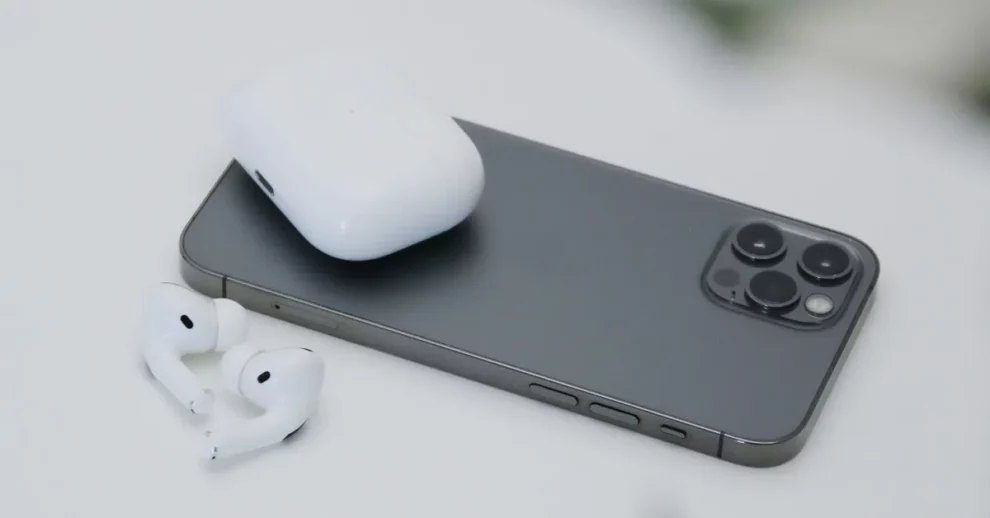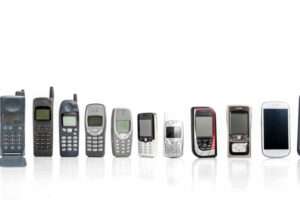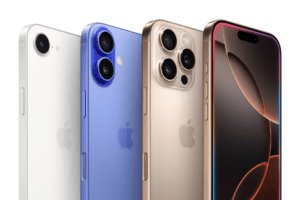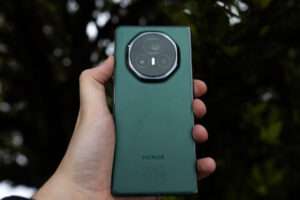Reverse wireless charging, a feature long embraced by Apple’s competitors, may finally make its debut on the iPhone 17 Pro and iPhone 17 Pro Max. According to a recent rumor circulating on Weibo, Apple is actively testing this functionality, potentially marking a significant leap forward in the company’s approach to wireless technology. While the feature has been a staple in flagship Android devices for years, Apple’s entry into the reverse wireless charging arena could redefine convenience for iPhone users—albeit likely limited to those willing to invest in the more expensive models.
The rumored implementation of reverse wireless charging would allow users to charge other devices by simply placing them on the back of their iPhone. This capability could prove invaluable for topping up accessories like AirPods or even other smartphones in emergencies. However, as with many cutting-edge features, there are hurdles Apple must overcome to ensure the technology is both practical and reliable. Among these challenges is the need for larger batteries, which could significantly impact the design and engineering of future iPhones.
A Step Forward in Wireless Technology
According to Setsuna Digital, a user on Weibo who shared details about Apple’s testing phase, the reverse wireless charging feature on the iPhone 17 Pro and iPhone 17 Pro Max could deliver up to 7.5W of power. If accurate, this would surpass the capabilities of Samsung’s current flagship, the Galaxy S25 Ultra, which supports reverse wireless charging at just 4.5W. For Apple, this would represent not only a first but also a competitive edge in the premium smartphone market.
The potential inclusion of reverse wireless charging aligns with Apple’s broader strategy of gradually adopting technologies that have already gained traction among its rivals. Historically, the tech giant has taken a measured approach to integrating new standards, often waiting until they can be implemented seamlessly and without compromising user experience. With Qi wireless charging already supported across multiple iPhone generations, reverse wireless charging seems like a logical next step—albeit one that comes with unique challenges.
One such challenge lies in ensuring that the iPhone’s battery can sustain the additional drain caused by reverse wireless charging. Current iPhones, including the iPhone 16 Pro Max, are equipped with a maximum battery capacity of 4,685mAh—the largest Apple has ever included in its devices. While this is sufficient for standard usage, enabling reverse wireless charging could deplete the battery rapidly, especially if used frequently or for extended periods. To address this issue, Apple reportedly plans to explore advancements in battery technology, including silicon-carbon innovations that promise increased capacity without adding bulk.
Exclusivity for the Premium Lineup?
If reverse wireless charging does indeed debut on the iPhone 17 Pro and iPhone 17 Pro Max, it will almost certainly be exclusive to these higher-end models. This move would follow Apple’s established pattern of reserving advanced features for its pricier offerings, thereby differentiating them from the standard lineup. By limiting the feature to the Pro series, Apple can maintain a tiered pricing structure while appealing to power users who prioritize cutting-edge functionality.
This exclusivity also reflects the logistical demands of incorporating reverse wireless charging. Larger batteries and enhanced thermal management systems required to support the feature could drive up production costs, making it impractical to include in lower-tier models. Additionally, the Pro lineup’s appeal often hinges on offering capabilities unavailable elsewhere within the iPhone ecosystem, further incentivizing Apple to reserve the feature for its premium devices.
The Bigger Picture: Battery Innovation and Practicality
For reverse wireless charging to truly shine, Apple must solve the persistent issue of battery longevity. As demonstrated by Samsung’s Galaxy S25 Ultra, even devices with substantial battery capacities can struggle when reverse wireless charging is enabled. Users have reported rapid depletion during prolonged use, underscoring the importance of balancing convenience with sustainability.
To tackle this problem, both Apple and Samsung are rumored to be exploring silicon-carbon battery technology. Unlike traditional lithium-ion cells, silicon-carbon batteries offer the potential for greater energy density without increasing thickness—a critical consideration given Apple’s emphasis on sleek design. An iPhone equipped with a 5,500mAh battery capable of supporting reverse wireless charging would represent an ideal combination, though whether Apple will achieve this remains uncertain.
Until then, users should temper their expectations. While a 7.5W output is promising, real-world performance will depend heavily on how efficiently Apple manages power consumption and heat dissipation. Furthermore, the utility of reverse wireless charging itself may vary depending on individual needs. For some, the ability to charge AirPods or emergency devices on the go will be a game-changer; for others, it may remain a rarely used novelty.
A Broader Trend in Smartphone Evolution
Apple’s exploration of reverse wireless charging underscores a broader trend in smartphone evolution: the convergence of convenience and innovation. As consumers increasingly rely on their devices for everything from communication to entertainment, manufacturers are under pressure to deliver features that enhance usability without sacrificing reliability. Reverse wireless charging fits squarely within this paradigm, offering a practical solution to everyday challenges while showcasing technological prowess.
At the same time, Apple’s cautious adoption of the feature highlights the delicate balance between innovation and execution. By taking its time to refine the technology, the company aims to avoid pitfalls that might undermine user satisfaction. Whether this deliberate approach pays off remains to be seen, but one thing is clear: the introduction of reverse wireless charging would mark another milestone in Apple’s ongoing quest to redefine what smartphones can do.
As rumors swirl about the iPhone 17 Pro and iPhone 17 Pro Max potentially debuting reverse wireless charging, excitement builds among tech enthusiasts eager to see how Apple will implement this long-awaited feature. With a rumored 7.5W output and the possibility of larger, more efficient batteries, the Cupertino-based giant appears poised to take a meaningful step forward in wireless technology. However, questions linger about feasibility, practicality, and exclusivity—all factors that will shape the ultimate impact of this development.
While it’s too early to say definitively whether reverse wireless charging will become a reality for Apple’s 2026 lineup, one thing is certain: the race to innovate continues unabated. As competitors push boundaries and consumers demand more from their devices, Apple’s willingness to embrace emerging technologies—even belatedly—ensures its place at the forefront of the industry. Stay tuned for updates as we learn more about what the future holds for the iPhone.
















Add Comment